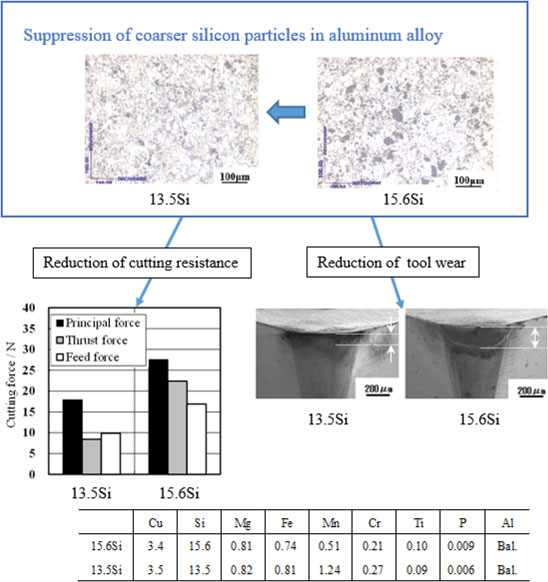Volume 62, Issue 4
Displaying 1-16 of 16 articles from this issue
- |<
- <
- 1
- >
- >|
Regular Article
Materials Physics
-
Article type: Regular Article
2021Volume 62Issue 4 Pages 469-478
Published: April 01, 2021
Released on J-STAGE: March 25, 2021
Download PDF (7608K) Full view HTML
Mechanics of Materials
-
Article type: Regular Article
2021Volume 62Issue 4 Pages 479-483
Published: April 01, 2021
Released on J-STAGE: March 25, 2021
Advance online publication: March 05, 2021Download PDF (1898K) Full view HTML -
Article type: Regular Article
2021Volume 62Issue 4 Pages 484-491
Published: April 01, 2021
Released on J-STAGE: March 25, 2021
Advance online publication: February 26, 2021Download PDF (4877K) Full view HTML
Materials Chemistry
-
Article type: Regular Article
2021Volume 62Issue 4 Pages 492-497
Published: April 01, 2021
Released on J-STAGE: March 25, 2021
Download PDF (2165K) Full view HTML
Materials Processing
-
Article type: Regular Article
2021Volume 62Issue 4 Pages 498-504
Published: April 01, 2021
Released on J-STAGE: March 25, 2021
Advance online publication: February 19, 2021Download PDF (1633K) Full view HTML -
Article type: Regular Article
2021Volume 62Issue 4 Pages 505-511
Published: April 01, 2021
Released on J-STAGE: March 25, 2021
Advance online publication: February 19, 2021Download PDF (4624K) Full view HTML -
Article type: Regular Article
2021Volume 62Issue 4 Pages 512-518
Published: April 01, 2021
Released on J-STAGE: March 25, 2021
Advance online publication: February 15, 2021Download PDF (3884K) Full view HTML -
Article type: Regular Article
2021Volume 62Issue 4 Pages 519-525
Published: April 01, 2021
Released on J-STAGE: March 25, 2021
Download PDF (5273K) Full view HTML
Engineering Materials and Their Applications
-
Article type: Regular Article
2021Volume 62Issue 4 Pages 526-531
Published: April 01, 2021
Released on J-STAGE: March 25, 2021
Download PDF (3654K) Full view HTML -
Article type: Regular Article
2021Volume 62Issue 4 Pages 532-538
Published: April 01, 2021
Released on J-STAGE: March 25, 2021
Advance online publication: February 05, 2021Download PDF (3782K) Full view HTML -
Article type: Regular Article
2021Volume 62Issue 4 Pages 539-543
Published: April 01, 2021
Released on J-STAGE: March 25, 2021
Advance online publication: February 19, 2021Download PDF (2027K) Full view HTML -
Article type: Regular Article
2021Volume 62Issue 4 Pages 544-550
Published: April 01, 2021
Released on J-STAGE: March 25, 2021
Advance online publication: February 26, 2021Download PDF (5637K) Full view HTML
Environment
-
Article type: Regular Article
2021Volume 62Issue 4 Pages 551-556
Published: April 01, 2021
Released on J-STAGE: March 25, 2021
Advance online publication: March 05, 2021Download PDF (1804K) Full view HTML
Technical Article
-
Article type: Technical Article
2021Volume 62Issue 4 Pages 557-562
Published: April 01, 2021
Released on J-STAGE: March 25, 2021
Advance online publication: February 19, 2021Download PDF (3293K) Full view HTML
Current Trends in Research
-
Article type: Current Trends in Research
2021Volume 62Issue 4 Pages 563-569
Published: April 01, 2021
Released on J-STAGE: March 25, 2021
Advance online publication: February 19, 2021Download PDF (3620K) Full view HTML
Express Rapid Publication
-
Article type: Express Rapid Publication
2021Volume 62Issue 4 Pages 570-573
Published: April 01, 2021
Released on J-STAGE: March 25, 2021
Advance online publication: February 05, 2021Download PDF (2164K) Full view HTML
- |<
- <
- 1
- >
- >|















